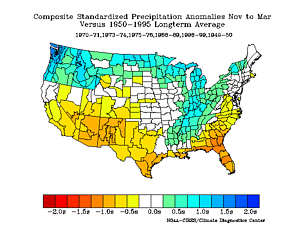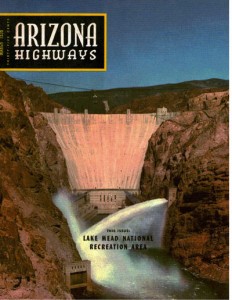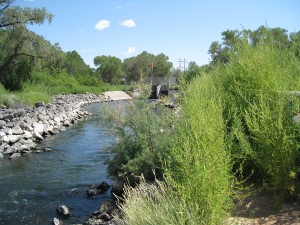Speaking at a symposium in Las Vegas in April, former Bureau of Reclamation Commissioner Bob Johnson made a critical point about the differences between water problems on the Colorado River and the current struggles in the southeast over the Apalachicola-Chattahoochee-Flint and Alabama-Coosa-Tallapoosa river basins.

Lake Lanier
The ACT-ACF fights made the Economist this week, in an article that plays on the amusement we westerners enjoy on watching this wet country water war:
For Americans from the parched western states, the notion of Alabama, Georgia and Florida battling over water must seem as daft as three fat people fighting for a grape at a lavish banquet.
Being a former head of Reclamation, Johnson knows Colorado River issues well, and in his talk he compared them to the interstate legal water wars now underway among Georgia, Alabama and Florida over water from the two river basins (battles in which had played a role as part of federal efforts to mediate).
The ACT and ACF basins have far more unallocated water to play with in sorting out the conflicts. “They’ve got 60 million acre feet of excess water,” he said. “On the Colorado River, we’ve got zero.”
But as a direct result of that lack of water on the Colorado, we’ve got a rich legal framework – the Law of the River – and accompanying personal and institutional relationships to go with it. “We have 80 years of fighting and working together,” Johnson said to the audience of Colorado River Basin water officials.
By comparison, in the wet climate of the southeast, water officials had few relationships with their colleagues in other states, and few institutional structures through which they could deal with problems when they arose, Johnson argued. In other words, they have plenty of water, but lack the tools they need to approach the problem of sharing. Because they’ve never had to think of it that way.
I’ve written in the past about how relatively modest, in historic terms, the Atlanta drought was. Modest drought, disastrous consequences. By comparison, we’re the 11th year of a drought on the Colorado River that is anything but modest – the worst such stretch on record. Yet, as I’ve written, no one has had their water cut off. In other words, our institutions seem to have worked.






